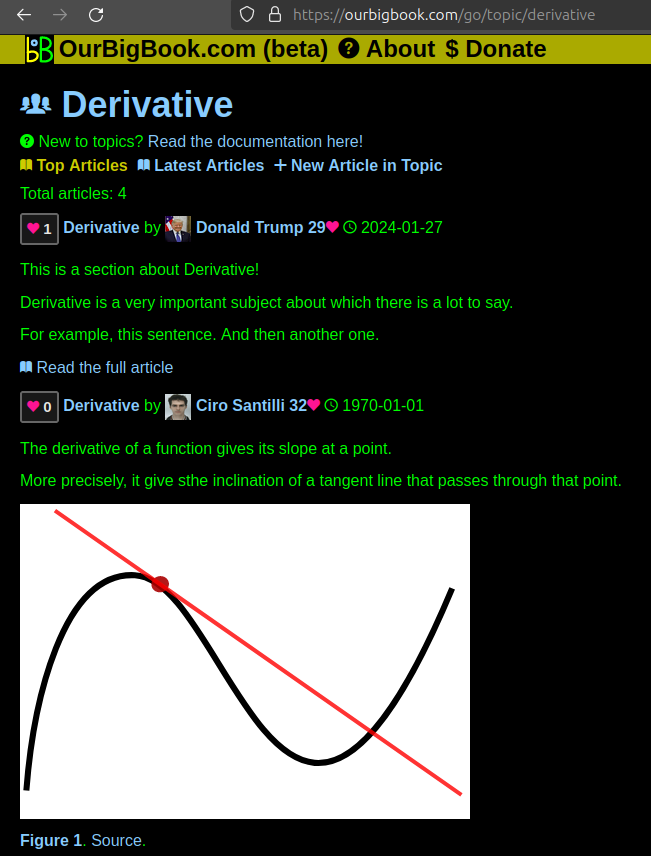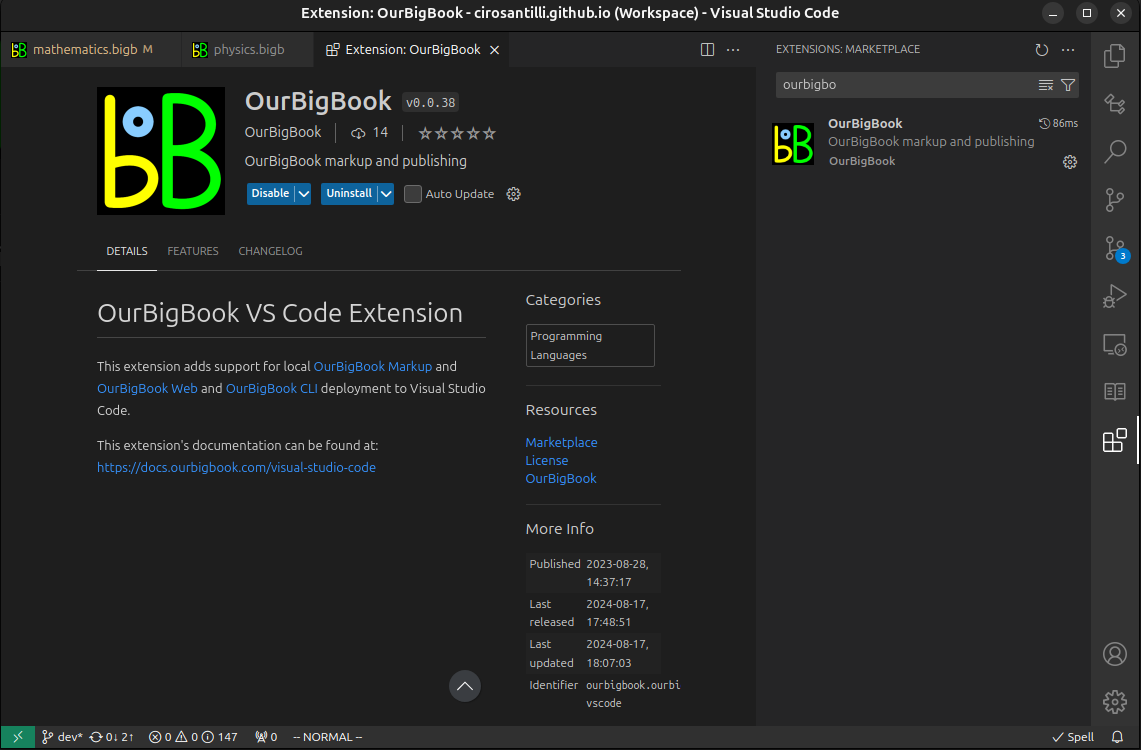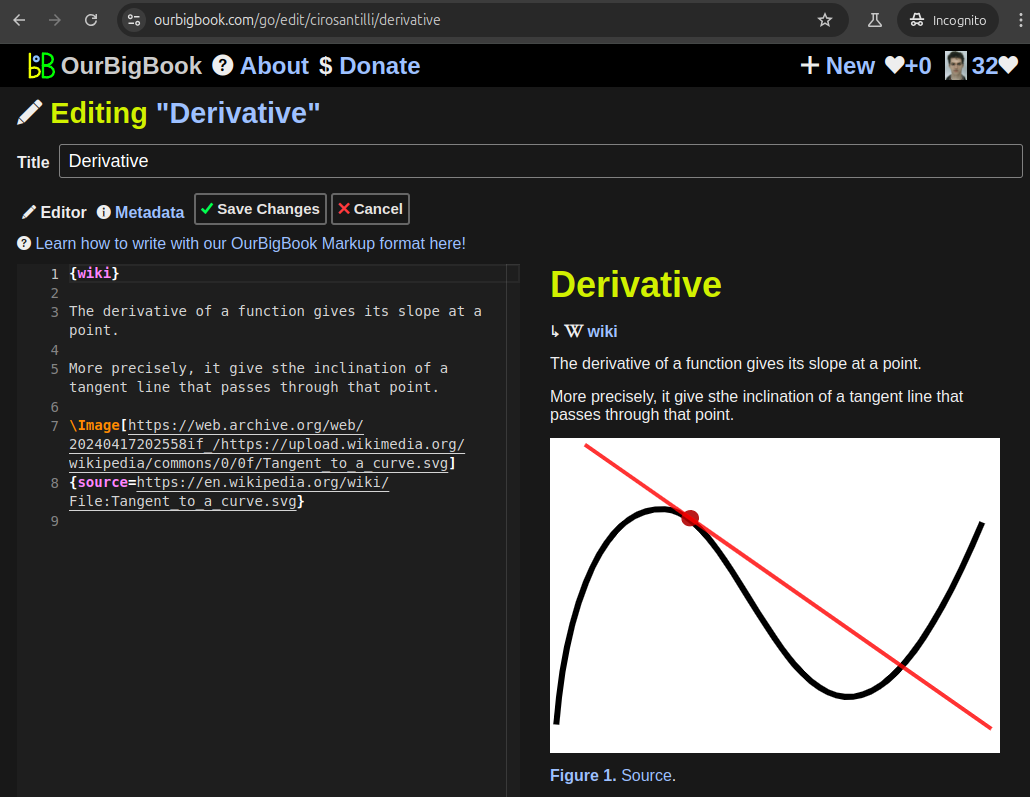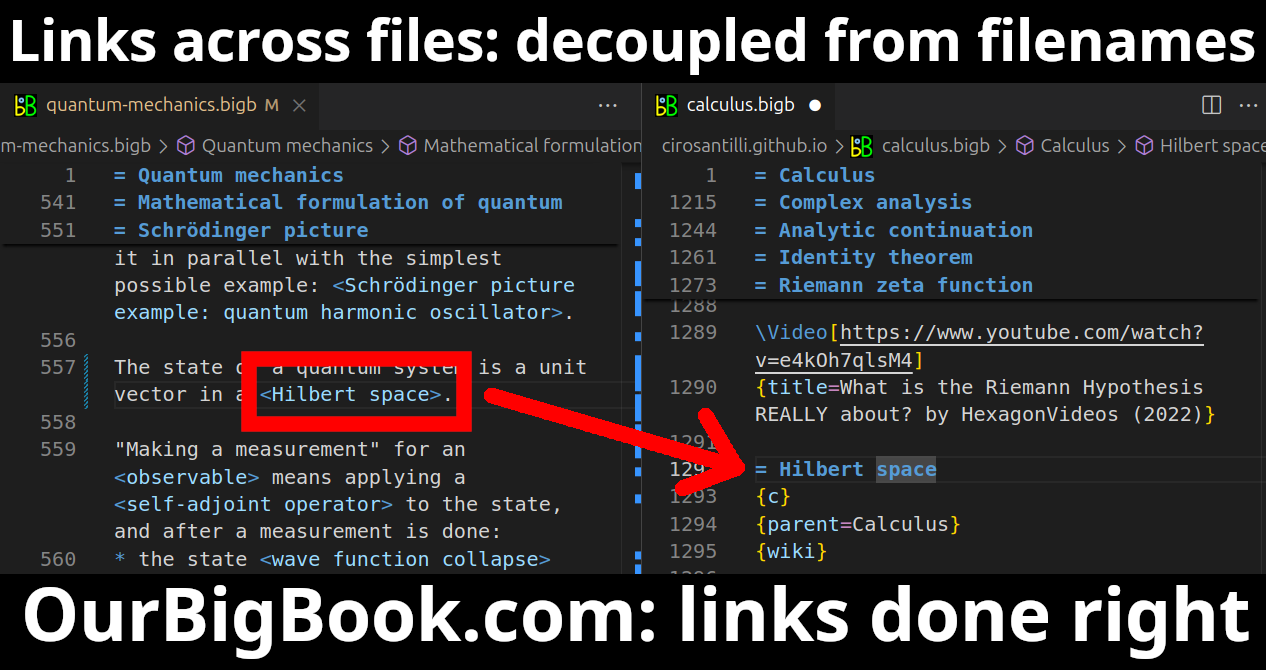Darwin Mounds is a significant underwater feature located in the North Atlantic Ocean, specifically in the UK’s Exclusive Economic Zone (EEZ). It is classified as a deep-sea coral reef and is part of a larger area known for its biodiversity and unique geological formations. The mounds are composed primarily of cold-water corals, particularly species such as Lophelia pertusa, and are known for hosting a variety of marine life, including various fish species and invertebrates.
Halothermal circulation refers to the movement of water masses in oceans or large bodies of water that is driven by variations in temperature (thermal) and salinity (haline) — a process often described in the context of thermohaline circulation. This type of circulation influences global climate, ocean stratification, and the distribution of marine life. In halothermal circulation, the interaction between temperature and salinity affects water density, with denser water sinking and less dense water rising, creating a circulation pattern.
Metocean is a term that combines "meteorological" and "oceanographic" studies, referring to the analysis and modeling of weather and ocean conditions. This field is particularly important for industries such as offshore oil and gas, marine engineering, renewable energy (like offshore wind), shipping, and coastal management.
The Miles-Phillips mechanism refers to a specific process in the field of materials science, particularly concerning the fracture and failure of materials. It is named after researchers Miles and Phillips, who studied the way cracks propagate in brittle materials. The mechanism is notable for its focus on the influence of microstructural features on the fracture behavior of materials.
MyOcean is a European initiative aimed at providing ocean monitoring and forecasting services. It integrates various oceanographic data sources, including satellite observations, in-situ measurements, and model outputs, to offer comprehensive information about the state of the marine environment. MyOcean was part of a broader effort to enhance marine research and support various applications, such as fisheries management, maritime safety, and environmental monitoring. The project was originally funded by the European Union and has evolved through subsequent phases.
Ocean stratification refers to the layering that occurs within the ocean's water column due to variations in density, temperature, and salinity. These layers can significantly affect marine life, ocean currents, and climate regulation. The primary factors contributing to ocean stratification are: 1. **Temperature (Thermal Stratification)**: Warmer water is less dense than cooler water, leading to a temperature gradient.
The Pacific Meridional Mode (PMM) is a climate pattern that involves variations in ocean temperature and atmospheric conditions in the central and eastern Pacific Ocean. It is characterized by changes in sea surface temperatures (SSTs) that typically occur along a north-south gradient, affecting both the equator and higher latitudes. The PMM can influence weather patterns across the Pacific region and can affect global climate systems, including precipitation patterns, droughts, and temperature variations in various parts of the world.
Porcupine Seabight is a significant underwater feature located in the North Atlantic Ocean, situated southeast of the coast of Ireland. It is characterized as a large and deep sedimentary basin that is part of the continental margin of the European continental shelf. The seabight is important for various reasons, including its geological formations, biodiversity, and potential resources, such as hydrocarbons and fisheries.
Seawater is water from the world's oceans and seas, characterized primarily by its high salt content. On average, seawater has a salinity of about 35 parts per thousand (ppt), meaning that in every liter of seawater, there are approximately 35 grams of dissolved salts, mainly sodium chloride (table salt). Other components of seawater include various minerals, dissolved gases (such as oxygen and carbon dioxide), organic matter, and microorganisms.
Tideline can refer to a couple of different concepts based on the context: 1. **Geographical Term**: In a geographical sense, a tideline is the line along a beach or shoreline created by the highest level that the tide reaches. It is often marked by the presence of seaweed, debris, or changes in sand texture. 2. **Business or Organization**: Tideline may also refer to specific companies or organizations, particularly those focused on environmental, marine, or coastal issues.
Undertow refers to the strong water currents that occur beneath the surface of waves as they break on the shore. When waves crash onto a beach, they can create a flow of water that moves back toward the ocean. This flow is often strongest just below the surface and can pull sand and debris with it, creating a current that can be hazardous for swimmers.
Wind-generated current refers to the flow of water in oceans, seas, or other bodies of water that is influenced by wind. This phenomenon arises primarily from the interaction between wind and the water's surface. The following are key components that explain how wind generates currents: 1. **Wind Shear**: The wind exerts friction on the surface of the water as it blows across it. This friction can transfer energy from the wind to the water, creating surface currents.
The interstimulus interval (ISI) is the time interval between the presentation of one stimulus and the next stimulus in an experimental setting. It is a crucial parameter in various fields of psychology and neuroscience, especially in studies involving sensory perception, attention, and learning. In experimental designs, the ISI can influence how subjects process stimuli, as it can affect attention, memory encoding, and the ability to discriminate between stimuli.
The Kruithof curve is a graphical representation that illustrates the relationship between the color temperature of light sources and the perceived brightness or illuminance of those sources. It helps to guide the selection of lighting based on the combination of color temperature (measured in Kelvin) and the illumination level (measured in lux). The curve itself indicates that: 1. **Lower color temperatures (warm white light)** can create a pleasant atmosphere at lower illumination levels (e.g., around 200 to 300 lux).
Bound water, also known as "bound moisture," refers to water that is tightly adhered to the surface of molecules or within the structure of materials, such as soil, food, and biological tissues. This water is not free to move or evaporate easily, in contrast to free water, which can be more freely available and mobile. In the context of soil, bound water exists in a thin layer around soil particles and is crucial for the hydration of plants and microorganisms.
Erodibility refers to the susceptibility of a soil or sediment to erosion, which is the process of being worn away and transported by wind, water, or ice. Erodibility is influenced by various factors, including: 1. **Soil Texture**: The size and distribution of soil particles (sand, silt, clay) affect how easily soil can be eroded. For example, sandy soils tend to have higher erodibility compared to clay soils.
The Drucker–Prager yield criterion is a mathematical model used in plasticity theory and continuum mechanics to describe the yielding behavior of materials, particularly those that exhibit pressure sensitivity, such as soils and certain polymers. This criterion is an extension of the von Mises yield criterion, which is typically used for metals, and it takes into account the effects of hydrostatic stress.
A flow net is a graphical representation used in geotechnical engineering and hydrology to analyze and visualize the flow of fluids, primarily groundwater, through porous media. It consists of a network of intersecting lines that represent equipotential lines and flow lines. Here are the key components and features of flow nets: 1. **Flow Lines**: These are lines that indicate the path along which water flows. They represent the direction of fluid movement.
The P-y method is a widely used approach in geotechnical engineering for analyzing the behavior of laterally loaded pile foundations in soil. It provides a way to model the lateral resistance (p) provided by the surrounding soil as a function of the lateral displacement (y) of the pile. This method is particularly useful for predicting how piles will behave under lateral loads, such as those caused by wind or seismic forces.
Rankine theory, also known as Rankine's method or Rankine's stability theory, is a concept in the field of soil mechanics and geotechnical engineering that focuses on the behavior of soil under lateral earth pressures. Named after the British engineer William John Macquorn Rankine, the theory provides a simplified approach to calculate the earth pressure acting on retaining walls, excavations, and earth structures.
Pinned article: Introduction to the OurBigBook Project
Welcome to the OurBigBook Project! Our goal is to create the perfect publishing platform for STEM subjects, and get university-level students to write the best free STEM tutorials ever.
Everyone is welcome to create an account and play with the site: ourbigbook.com/go/register. We belive that students themselves can write amazing tutorials, but teachers are welcome too. You can write about anything you want, it doesn't have to be STEM or even educational. Silly test content is very welcome and you won't be penalized in any way. Just keep it legal!
Intro to OurBigBook
. Source. We have two killer features:
- topics: topics group articles by different users with the same title, e.g. here is the topic for the "Fundamental Theorem of Calculus" ourbigbook.com/go/topic/fundamental-theorem-of-calculusArticles of different users are sorted by upvote within each article page. This feature is a bit like:
- a Wikipedia where each user can have their own version of each article
- a Q&A website like Stack Overflow, where multiple people can give their views on a given topic, and the best ones are sorted by upvote. Except you don't need to wait for someone to ask first, and any topic goes, no matter how narrow or broad
This feature makes it possible for readers to find better explanations of any topic created by other writers. And it allows writers to create an explanation in a place that readers might actually find it.Figure 1. Screenshot of the "Derivative" topic page. View it live at: ourbigbook.com/go/topic/derivativeVideo 2. OurBigBook Web topics demo. Source. - local editing: you can store all your personal knowledge base content locally in a plaintext markup format that can be edited locally and published either:This way you can be sure that even if OurBigBook.com were to go down one day (which we have no plans to do as it is quite cheap to host!), your content will still be perfectly readable as a static site.
- to OurBigBook.com to get awesome multi-user features like topics and likes
- as HTML files to a static website, which you can host yourself for free on many external providers like GitHub Pages, and remain in full control
Figure 3. Visual Studio Code extension installation.Figure 4. Visual Studio Code extension tree navigation.Figure 5. Web editor. You can also edit articles on the Web editor without installing anything locally.Video 3. Edit locally and publish demo. Source. This shows editing OurBigBook Markup and publishing it using the Visual Studio Code extension.Video 4. OurBigBook Visual Studio Code extension editing and navigation demo. Source. - Infinitely deep tables of contents:
All our software is open source and hosted at: github.com/ourbigbook/ourbigbook
Further documentation can be found at: docs.ourbigbook.com
Feel free to reach our to us for any help or suggestions: docs.ourbigbook.com/#contact






